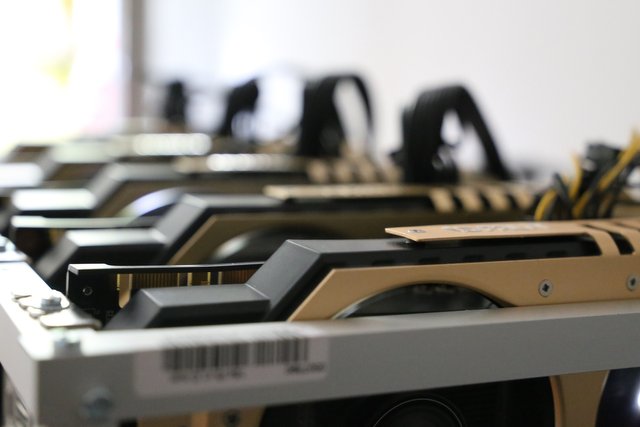The Blockchain: Ensuring Integrity in Distributed Software Systems

Introduction
In the realm of software system design, choosing the right architectural style is crucial, much like selecting an engine for a car. This decision can be made independently of the functional aspects of the application layer, allowing for the creation of both distributed and centralized systems with similar functionality. The architecture serves as a means to implement a system effectively. Consequently, a payment system, as exemplified in Table 2-1, can be implemented as either a distributed or centralized system.
Distributed and Centralized Architectures
Advantages and Disadvantages
Each architectural concept, whether distributed or centralized, presents its own set of advantages and disadvantages, along with unique approaches to achieving objectives. The choice of architecture significantly impacts how functional and non-functional aspects of a system are realized. Notably, these architectural concepts diverge in their approaches to ensuring integrity, which brings us to the role of the blockchain.
The Blockchain: A Tool for Integrity
Introducing the Blockchain
The blockchain emerges as a powerful tool for achieving integrity in distributed software systems. It can be viewed as a means of attaining a non-functional aspect within the implementation layer. While the pursuit of integrity may seem technical and mundane, its significance is truly remarkable when considering the transformative potential of distributed systems.
The Impact of Peer-to-Peer Systems
Changing the World
The advent of peer-to-peer systems has revolutionized our world, disrupting traditional centralized models. These distributed systems, characterized by independent computers cooperating via a communication medium, operate without any central control or coordination. The decentralized nature of peer-to-peer systems has reshaped industries and unlocked new possibilities. In a similar vein, the blockchain as a tool for ensuring integrity in distributed software systems holds tremendous potential to bring about similar transformative change.
The Transformative Potential of the Blockchain
Disrupting Traditional Models
The blockchain's emergence parallels the transformative impact of peer-to-peer systems, which have reshaped industries and challenged traditional centralized models. By eliminating the need for intermediaries, reducing costs, increasing transparency, and enhancing security, the blockchain has the potential to revolutionize various sectors, including finance, supply chain, healthcare, and more. It enables peer-to-peer transactions, smart contracts, and decentralized applications (DApps), unlocking new opportunities for innovation and collaboration.
Real-World Applications
Beyond Cryptocurrencies
While cryptocurrencies like Bitcoin popularized the concept of blockchain, the technology's potential extends far beyond digital currencies. Industries are exploring blockchain applications in areas such as supply chain management, identity verification, intellectual property rights, voting systems, and decentralized finance (DeFi). These applications leverage the blockchain's ability to provide transparent, traceable, and immutable records, empowering individuals and organizations with greater control, security, and trust.
Addressing Challenges and Considerations
While the blockchain presents immense potential, it also faces challenges and considerations. Scalability, energy consumption, regulatory frameworks, and privacy concerns are among the factors that need to be addressed for widespread adoption and optimal utilization of blockchain technology. Collaborative efforts between industry, academia, and policymakers are crucial to overcoming these challenges and shaping a sustainable and inclusive blockchain ecosystem.
Conclusion
The architecture of a software system plays a pivotal role in determining how its components are organized and interrelated. Whether centralized or distributed, each architectural style has its own merits and drawbacks. When it comes to achieving integrity, the blockchain emerges as a crucial component within the implementation layer of distributed systems. By ensuring and maintaining integrity, the blockchain paves the way for secure and transparent transactions, offering unprecedented possibilities for innovation and global transformation. As we embark on this journey of distributed systems, embracing the power of the blockchain is paramount for a future built on trust, security, and integrity.